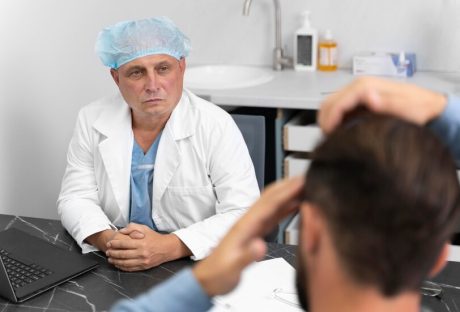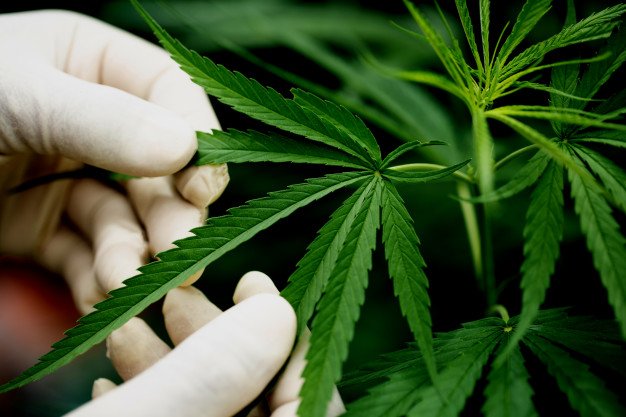Medical facilities & healthcare teams face numerous challenges from staying a step ahead of patients’ constantly changing needs to managing expenses.
At the same time, technology and treatments are continually evolving. Keeping up with the latest advancements and making them available to patients is a struggle all its own.
Cybersecurity threats and the measures medical facilities are expected to take to mitigate them are also making matters more complicated. On top of those issues, the ongoing shortage of medical professionals continues to grow, which is leading to staffing difficulties.
In addition to those factors, and largely because of them, inefficient workflows are causing significant problems for medical facilities.
They’re affecting the quality of care hospitals and clinics deliver to their patients, and they’re having a negative impact on staff members. By extension, they’re having adverse effects on medical facilities as a whole. Fortunately, a range of clinical workforce solutions is available to help medical facilities overcome those hurdles.
Embracing Technology
Many people believe that technology lies at the heart of medical facilities’ daily operations. That’s certainly true to an extent, but much of the technology hospitals and clinics use focuses on patient care.
Quite a few have yet to incorporate technological advancements that can address internal issues and streamline their workflows.
Those include vendor management systems, patient CRM software, hospital management solutions, patient flow management systems, and many others.
Each of those solutions can help medical facilities automate and improve many of their processes. That reduces workloads on staff members and improves efficiency, and it can lead to more effective patient care.
Recruitment And Staffing Services
Another way medical facilities can boost efficiency is by turning to recruitment and staffing agencies. As mentioned, staffing shortages are among the leading problems hospitals are facing at this point, and they’re expected to grow worse moving forward.
Recruitment and staffing agencies can help their clients overcome staffing shortages. They handle recruitment, credentialing, and other requirements on behalf of medical facilities.
That reduces the administrative burden involved and can shorten the hiring process. These agencies can also address clients’ specific staffing needs via locum tenens providers, specialty physicians, and other solutions.
Medical Facility Advisory Services
Additionally, in healthcare terms professional advisory services can make a world of difference for medical facilities that are struggling with inefficiencies.
Advisors analyze facilities’ workflows and address their specific issues. They can identify bottlenecks, ineffective uses of resources, and other inefficiencies. From there, they offer medical facilities advice on improving their workflows.
They can help their clients implement changes as well to ensure they’re able to make the most of them. Many also offer leadership training to enable medical facilities to sustain efficiency on their own.
Streamlining Workflows For Medical Facilities
Numerous options are available to help medical facilities streamline their healthcare teams. Those listed here are only a few of the general solutions hospitals and clinics have at their disposal.
Just-in-time learning, improved resource management strategies, developing more streamlined facility layouts, and many other effective alternatives are also available.
Medical facilities can also cross-train staff members, implement lean healthcare strategies, and outsource certain processes for improved efficiency.
These solutions can help to reduce administrative burdens, minimize human error, reduce costs, and prevent burnout among other advantages.
They also help medical facilities become more flexible so they can adapt more easily to unexpected changes. Overall, improving efficiency benefits medical facilities, their employees, and their patients.
Challenges Are Inevitable

We talked about the use of technology to improve efficiency, but it fails to mention that there is a barrier for medical facilities and healthcare teams to be able to do so.
Cost Is High
First off, implementing such technologies is expensive. The initial investment and ongoing maintenance cost can be too much for some smaller institutions that do not have large budgets.
What About The Staff?
Secondly, when new technologies are implemented, staff must learn how to use them and adjust their work processes accordingly.
Often, this means taking staff away from their regular workplace duties to attend training sessions on how to use the systems.
This can create a backlog in work productivity when these staff members aren’t performing their regular functions. In addition, it might still take time for a staffer to become accustomed (…and efficient) to using the new system(s) after attending training sessions.
Another common barrier is resistance to change. Some staff may resist adopting new technology due to fear of the unknown or concerns about job security. However, you can reduce these concerns through clear communication and involving staff in the decision-making process.
Is It Reliable?
We also mentioned the advantages of recruitment and staffing services. However, this does not explain whether relying on these services is sustainable in the long run.
From a financial perspective, continuously outsourcing through high-end technology can be costly. If the facility is too dependent on external agencies, this may also overshadow its benefits.
Also, if there are too many temporary staff, Regular staff may feel alienated from their temporary peers. This could potentially affect teamwork and overall morale.
Over time, this lack of cohesion could potentially impact patient care, which is more important than anything in this industry.
They Are Not Replacements!
It’s important to understand that these technological advisory services in healthcare terms are just “advisory.” They’re not a replacement for professional operations staff, and they’re not going to prevent the loss of jobs for operational heads.
The right approach here is probably something in between. Using technology through third parties to cover the gaps where you might be short. However, we also continue to develop internal talent who are competent across all areas of operation performance.
Another strategy is to conduct periodic feedback sessions with the workforce to determine whether their changes make sense and work in a real-life facility.
Final Note!
Improving efficiency in medical facilities is important but not always easy. While technology, recruitment, and advisory services can help, it’s essential to be aware of the challenges and long-term effects of using them.
Balancing outside help with building up your own team and keeping open communication with staff can make this process smoother. In the end, a well-rounded approach will improve patient care, make staff happier, and help the facility run better overall.
Read Also:






















